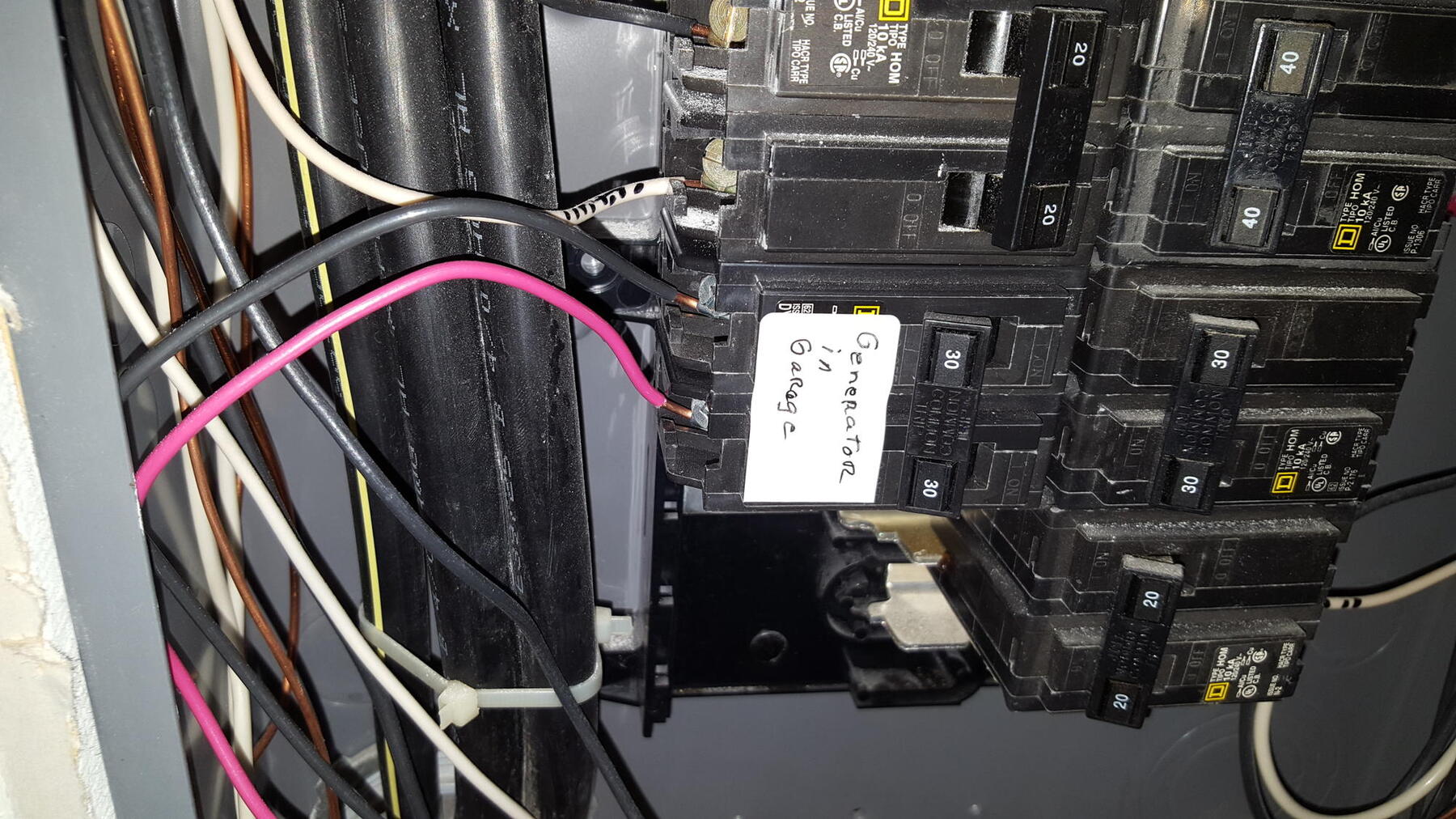

Articles
What Size Electrical Wire For 30 Amp Breaker
Modified: October 28, 2024
Looking for articles on what size electrical wire to use for a 30 amp breaker? Find detailed information and expert advice on Articles.
(Many of the links in this article redirect to a specific reviewed product. Your purchase of these products through affiliate links helps to generate commission for Storables.com, at no extra cost. Learn more)
Introduction
When it comes to electrical wiring, choosing the right wire size is crucial to ensure safety and proper functioning of your electrical system. This is especially important when installing a 30 amp breaker, as using the wrong wire size can lead to overheating, tripping breakers, and even electrical hazards.
In this article, we will delve into the topic of determining the appropriate wire size for a 30 amp breaker. We will explain the importance of understanding amps and wire gauge, discuss the factors to consider in choosing wire size, and provide a breakdown of common wire sizes suitable for a 30 amp breaker.
Whether you are a homeowner looking to upgrade your electrical system or a professional electrician seeking guidance, understanding the ins and outs of wire sizing for a 30 amp breaker is essential knowledge. So, let’s dive in and explore this important aspect of electrical installations.
Key Takeaways:
- Choosing the right wire size, such as 10 AWG for copper wire and 8 AWG for aluminum wire, is crucial for safe and efficient operation of a 30 amp breaker, preventing hazards and ensuring compliance with electrical codes.
- Factors like wire length, ambient temperature, and future expansion must be considered when selecting wire size for a 30 amp breaker, ensuring reliable and safe functioning of the electrical system while minimizing the risk of hazards.
Read more: What Size Electrical Wire For 20 Amp Breaker
Understanding Amps and Wire Gauge
Before we can determine the appropriate wire size for a 30 amp breaker, it’s important to understand the concepts of amps and wire gauge.
Amps, short for amperes, measure the current flowing through an electrical circuit. It represents the quantity of electrons passing through a point in the circuit per unit of time. In simpler terms, amps can be thought of as the measure of electrical flow or the rate of flow of electric charge.
Wire gauge, on the other hand, refers to the size or thickness of electrical wire. It is typically represented by a numerical value, and the higher the number, the smaller the wire diameter. Wire gauge determines the amount of current that a wire can safely carry without overheating.
When it comes to choosing the appropriate wire size for a 30 amp breaker, it’s vital to ensure that the wire has enough capacity to handle the current without any significant voltage drop or excessive heat generation.
Electrical codes and standards dictate the minimum wire size requirements based on the maximum current a circuit can draw. The National Electrical Code (NEC) provides guidelines for wire sizing to ensure the safety and efficiency of electrical installations.
Wire gauge is typically denoted by numbers, ranging from 2 to 24, with 2 being the thickest. The most commonly used wire gauges for residential applications are 14, 12, and 10, with lower numbers indicating thicker wires capable of carrying higher currents.
It’s important to note that wire size requirements may vary depending on the type of wire insulation, the type of circuit (such as copper or aluminum), and the specific electrical code regulations in your region.
Now that we have a basic understanding of amps and wire gauge, let’s proceed to discuss the appropriate wire size for a 30 amp breaker.
Wire Gauge for 30 Amp Breaker
Choosing the correct wire gauge for a 30 amp breaker is crucial to ensure the safe and efficient operation of your electrical system. The wire size needs to be able to handle the maximum current draw of your circuit without causing any overheating or voltage drop.
According to the NEC guidelines, a 30 amp circuit requires a minimum wire size of 10 AWG (American Wire Gauge) for copper wire. This wire size has enough capacity to handle the 30 amp current without any issues. It provides a sufficient balance between current-carrying capacity and resistance to heat.
It’s important to note that the wire size requirement may vary if you are using aluminum wire instead of copper. Aluminum wire has a higher resistance and therefore needs a larger gauge size to carry the same amount of current safely. For a 30 amp breaker with aluminum wire, a minimum wire size of 8 AWG is typically required.
It’s crucial to adhere to the recommended wire gauge for 30 amp breakers to prevent any electrical hazards, such as overheating or melting of the wire insulation. Incorrect wire sizing can lead to damage to your electrical system, tripping breakers, and even fire hazards.
Furthermore, it’s essential to consider the length of the wire run when choosing the appropriate wire gauge. Longer wire runs can cause voltage drop, which can impact the performance of your electrical devices. In such cases, it may be necessary to use a larger wire size to compensate for the voltage drop and ensure proper voltage levels throughout the circuit.
Always consult the local electrical codes and regulations to ensure compliance with the specific requirements in your area. Local codes may have additional guidelines or restrictions on wire sizing for specific applications or environments.
Now that we have covered the wire gauge requirements for a 30 amp breaker, let’s move on to discuss the factors to consider in choosing wire size.
Use 10-gauge wire for a 30 amp breaker. This wire size is rated to safely carry the current without overheating. Always consult local electrical codes before starting any wiring project.
Factors to Consider in Choosing Wire Size
When determining the appropriate wire size for a 30 amp breaker, there are several factors to take into consideration. These factors will help ensure the safe and efficient operation of your electrical system. Let’s explore these factors in more detail:
- Current Rating: The primary consideration is the current rating of the breaker. In this case, we are dealing with a 30 amp breaker, so the wire size needs to be suitable for carrying a current of 30 amps continuously without overheating.
- Wire Length: The length of the wire run plays an important role in determining the appropriate wire size. Longer wire runs result in more resistance, which can lead to voltage drop. To compensate for voltage drop, larger wire sizes may be necessary.
- Ambient Temperature: The ambient temperature of the environment where the wire will be installed also influences the wire size selection. Higher temperatures can affect the wire’s ability to dissipate heat, so a larger wire size may be required to handle the current safely.
- Type of Circuit: The type of circuit, whether it is a 120-volt or 240-volt circuit, will also impact the wire sizing requirements. Higher voltage circuits generally require larger wire sizes to handle the increased power.
- Type of Wire Insulation: The type of insulation on the wire will determine its maximum temperature rating. It’s important to select wire with insulation that can handle the expected temperature rise generated by the current flow.
- Future Expansion: Consider any potential future expansion of your electrical system or increased electrical load. It’s wise to choose a wire size that can accommodate potential upgrades without the need for rewiring.
By considering these factors, you can choose the appropriate wire size that meets the specific requirements of your electrical installation. It’s important to consult the local electrical codes and regulations, as they may have additional guidelines or restrictions on wire sizing for certain applications or environments.
Now that we have covered the factors to consider, let’s take a look at the common wire sizes used for a 30 amp breaker.
Common Wire Sizes for a 30 Amp Breaker
Choosing the correct wire size for a 30 amp breaker involves selecting a wire gauge that can safely carry the current without overheating or causing voltage drop. While the specific wire size may vary based on factors such as wire length and ambient temperature, there are three common wire sizes used for a 30 amp breaker:
- 10 AWG Copper Wire: This is the most commonly recommended wire size for a 30 amp breaker. 10 AWG copper wire has a diameter of approximately 0.1019 inches and is capable of safely carrying a continuous current of 30 amps. It offers a balance between current-carrying capacity and heat resistance.
- 8 AWG Aluminum Wire: If you are using aluminum wire instead of copper, an 8 AWG size is typically necessary for a 30 amp breaker. Aluminum wire has higher resistance compared to copper, so a larger gauge is required to carry the same current safely. 8 AWG aluminum wire has a diameter of approximately 0.1285 inches.
- 6 AWG Copper Wire (for longer runs): In cases where the wire run for the 30 amp breaker is long and there is a concern for voltage drop, a larger wire size like 6 AWG may be necessary. 6 AWG copper wire has a diameter of approximately 0.162 inches and provides lower resistance to counteract voltage drop over longer distances.
It’s important to note that these wire sizes are based on general recommendations and common practice. However, specific installations may have unique requirements or local code regulations that need to be considered.
When selecting the wire size for a 30 amp breaker, always consult the NEC guidelines and local electrical codes to ensure compliance and safety. Additionally, it is recommended to consult with a qualified electrician or an electrical engineer for complex installations or when in doubt about the appropriate wire size.
By choosing the correct wire size for a 30 amp breaker, you can ensure the safe and efficient operation of your electrical system while minimizing the risk of overheating, voltage drop, and electrical hazards.
Now that we have covered the common wire sizes, let’s summarize the key points discussed in this article.
Conclusion
Choosing the right wire size is crucial when installing a 30 amp breaker to ensure the safe and efficient operation of your electrical system. By understanding amps and wire gauge, you can make informed decisions and avoid potential hazards such as overheating, tripping breakers, and electrical fires.
For a 30 amp breaker, the recommended wire size is 10 AWG for copper wire and 8 AWG for aluminum wire. These wire sizes have the capacity to handle the current safely without excessive heat generation or voltage drop.
When choosing the wire size, factors such as wire length, ambient temperature, circuit type, wire insulation, and potential future expansion should be considered. Adhering to local electrical codes and regulations is essential to ensure compliance with specific requirements in your area.
While the common wire sizes mentioned are based on general recommendations, it is always advisable to consult with professionals, such as electricians or electrical engineers, for complex installations or if you have specific concerns or doubts.
By selecting the appropriate wire size for a 30 amp breaker, you can ensure the reliable and safe functioning of your electrical system, promoting the longevity and efficiency of your electrical devices and minimizing the risk of electrical hazards.
Remember, electrical work can be complex and potentially dangerous if not done correctly. When in doubt, it is always best to seek the assistance of trained professionals who can provide expert guidance and ensure the safety and compliance of your electrical installation.
Now that you have a solid understanding of wire sizing for a 30 amp breaker, you can confidently proceed with your electrical projects, knowing that you are making informed choices to ensure a safe and reliable electrical system.
After mastering the essentials of selecting the right wire size for a 30 amp breaker, why stop there? Extend your knowledge and skills by learning how to manage overhead electrical wiring projects. Our step-by-step guide on running electrical wiring to your garage offers practical advice to ensure safe and efficient installation. Whether you're a seasoned DIYer or new to home electrical projects, this article provides valuable insights to help you tackle the task with confidence.
Frequently Asked Questions about What Size Electrical Wire For 30 Amp Breaker
Was this page helpful?
At Storables.com, we guarantee accurate and reliable information. Our content, validated by Expert Board Contributors, is crafted following stringent Editorial Policies. We're committed to providing you with well-researched, expert-backed insights for all your informational needs.
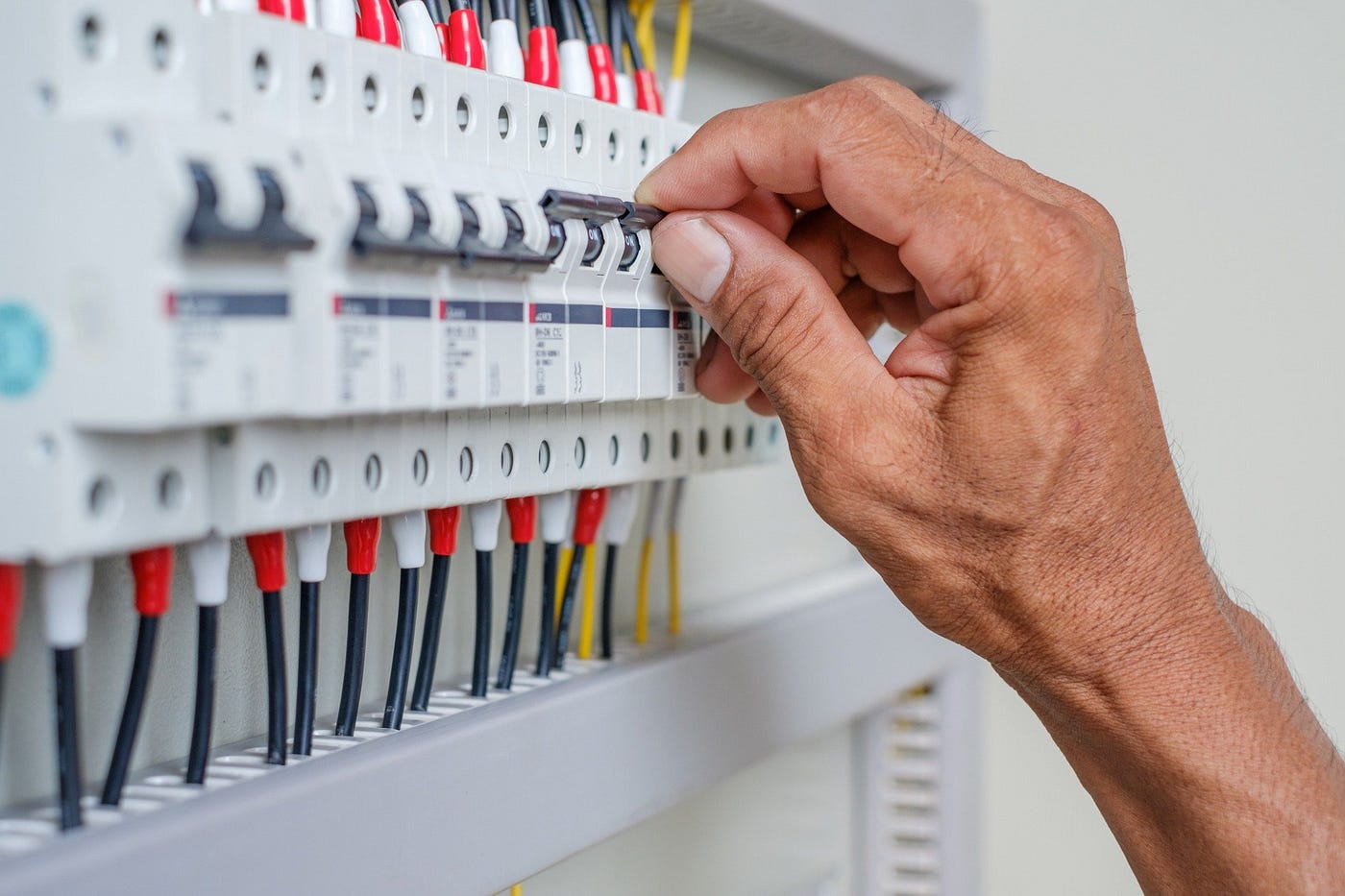
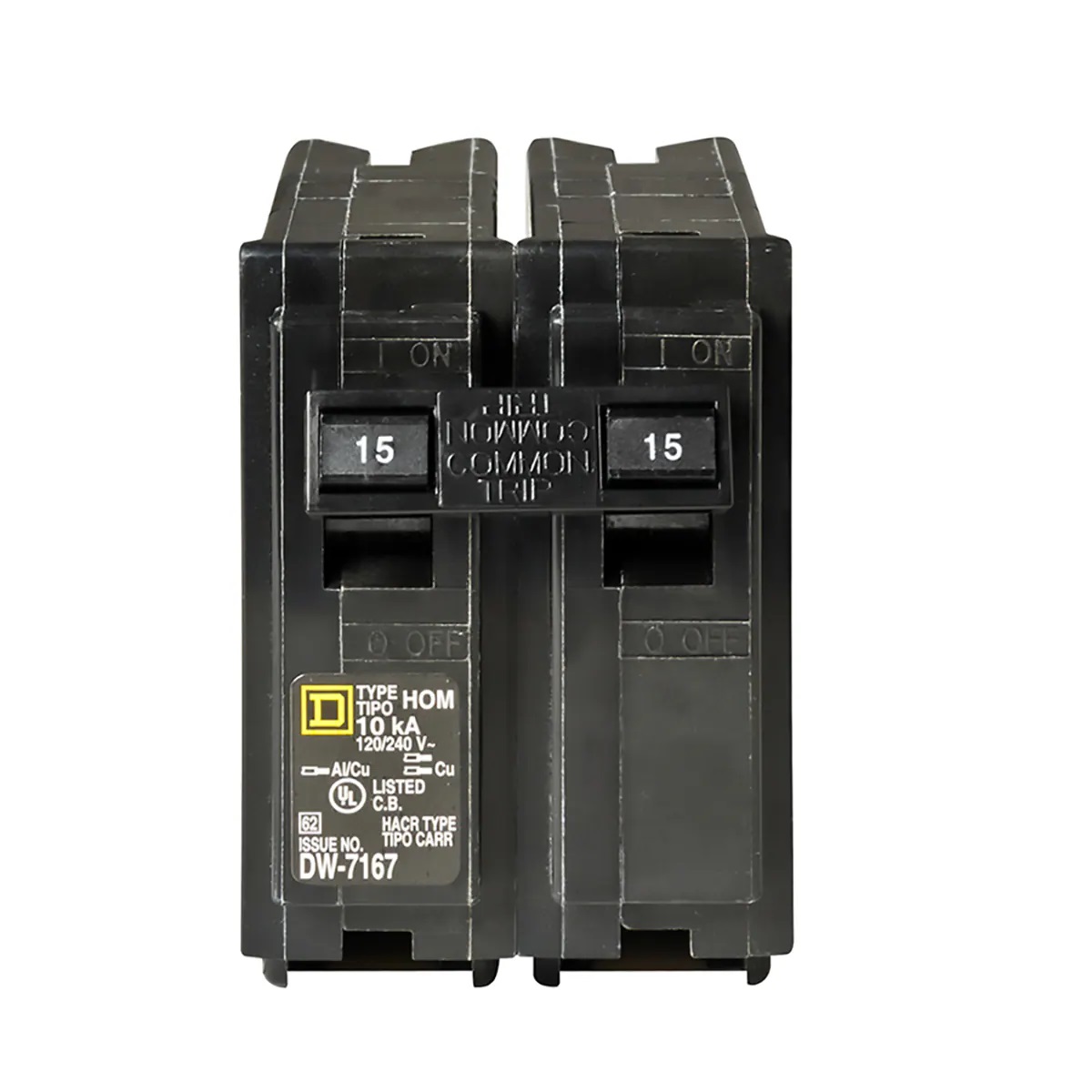
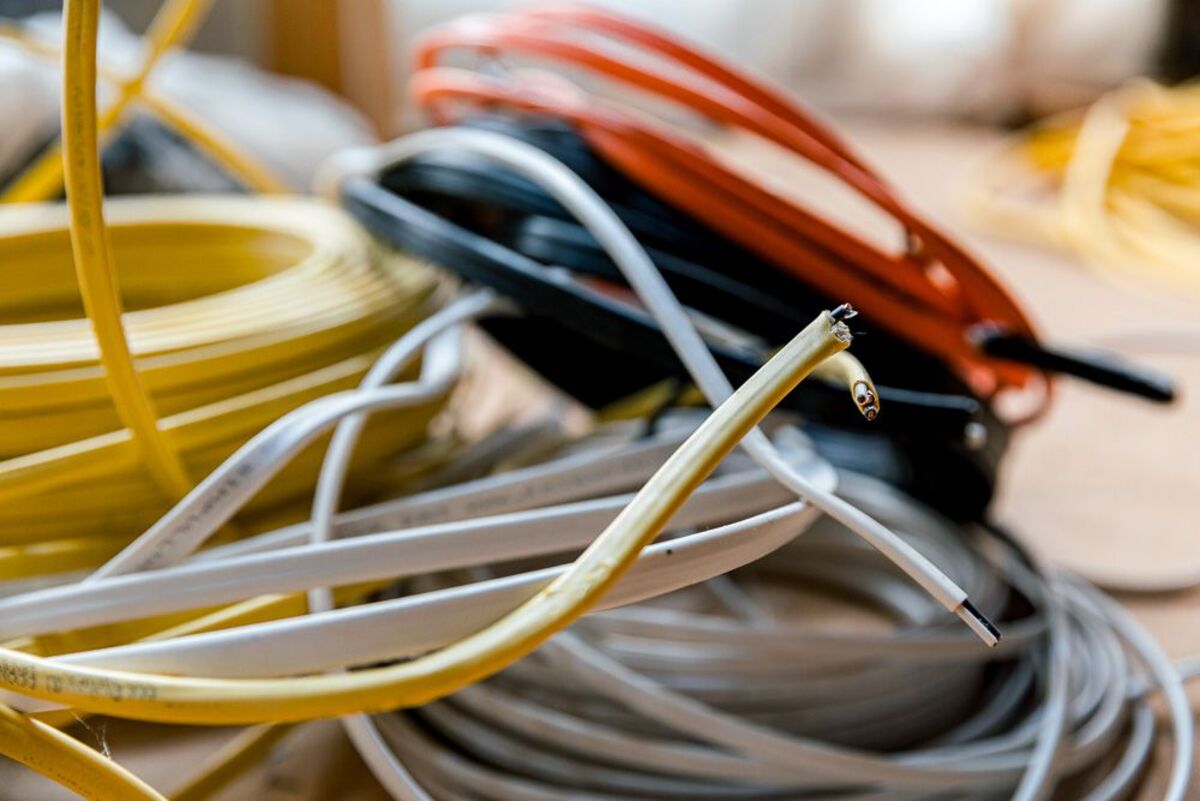
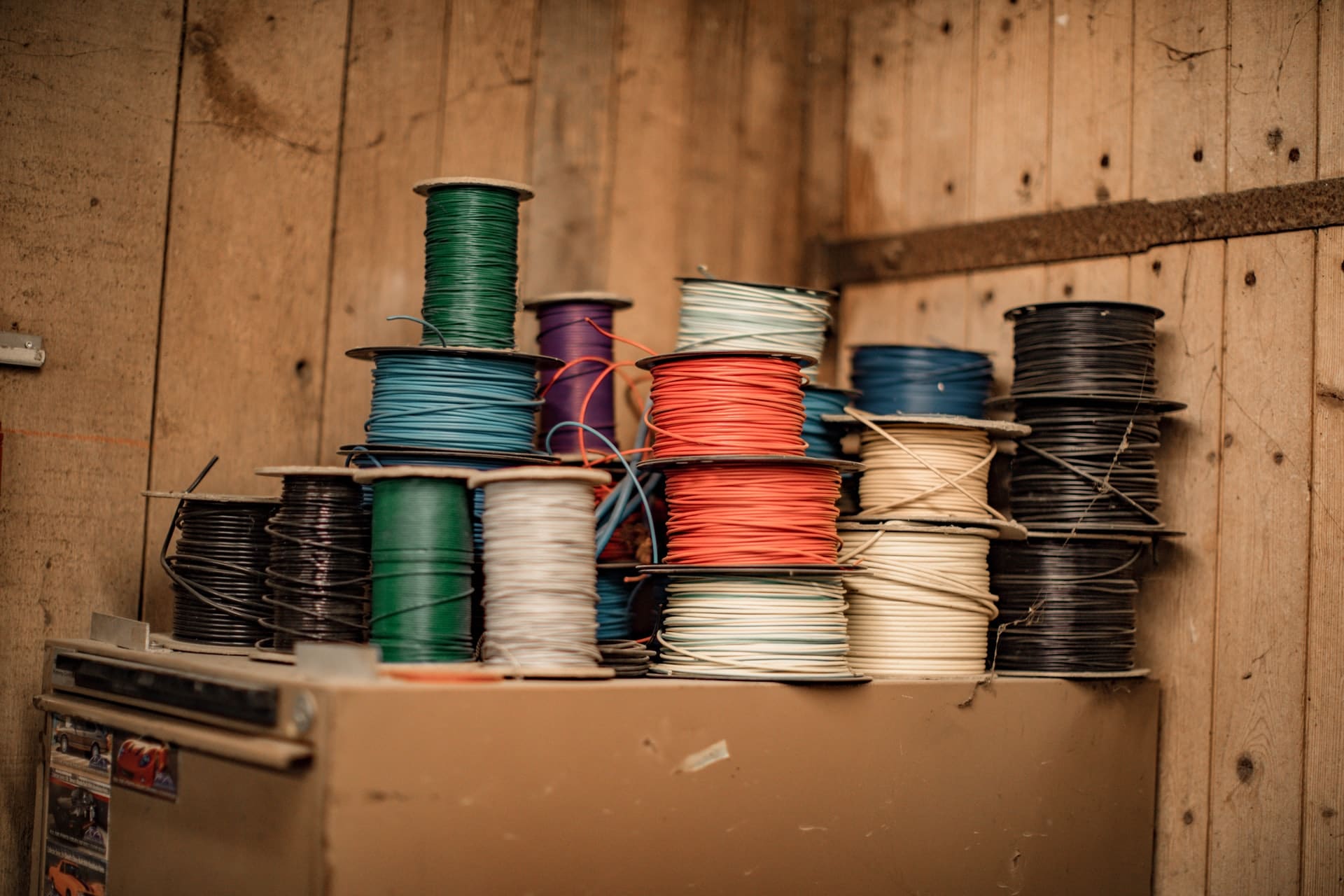
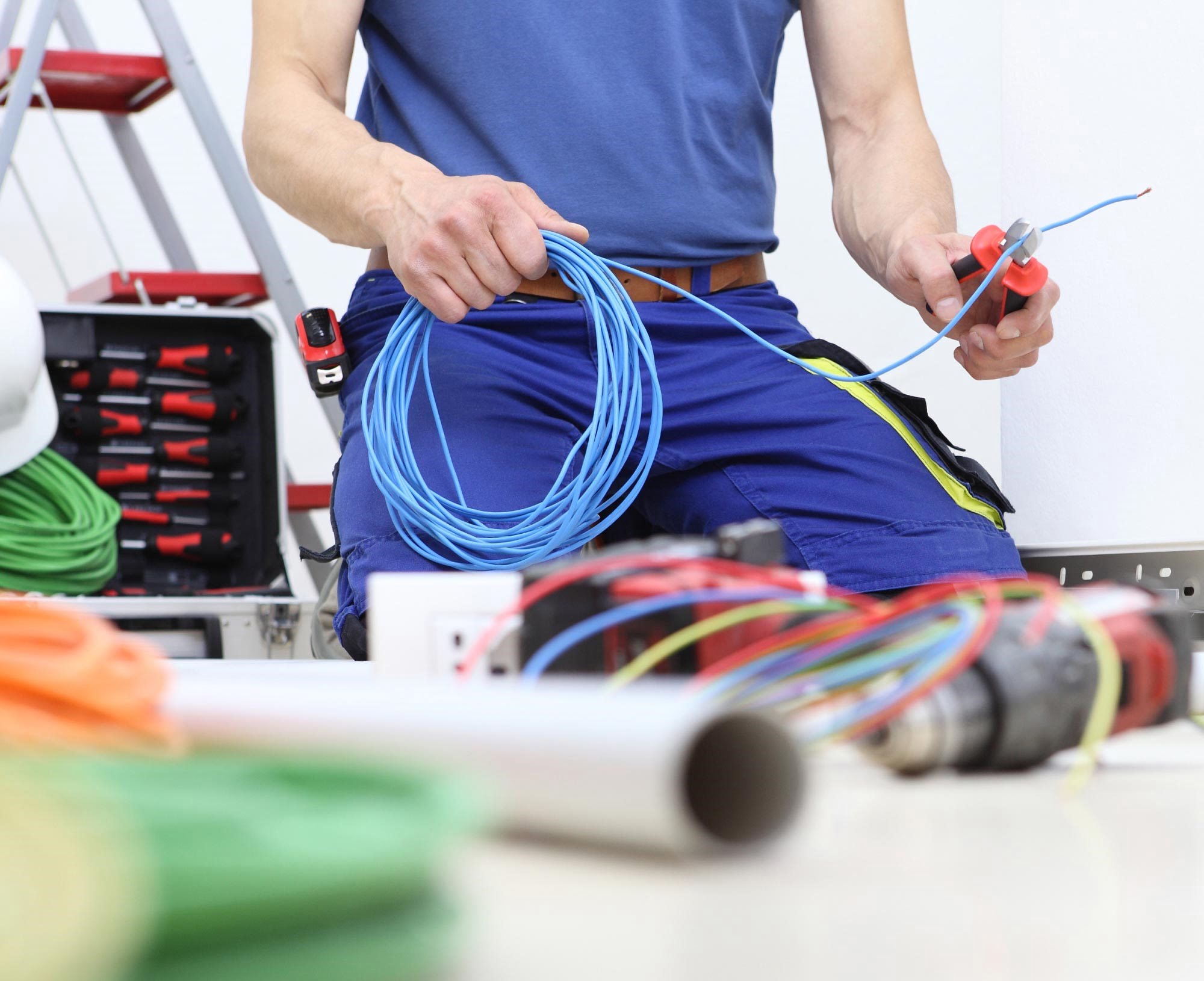
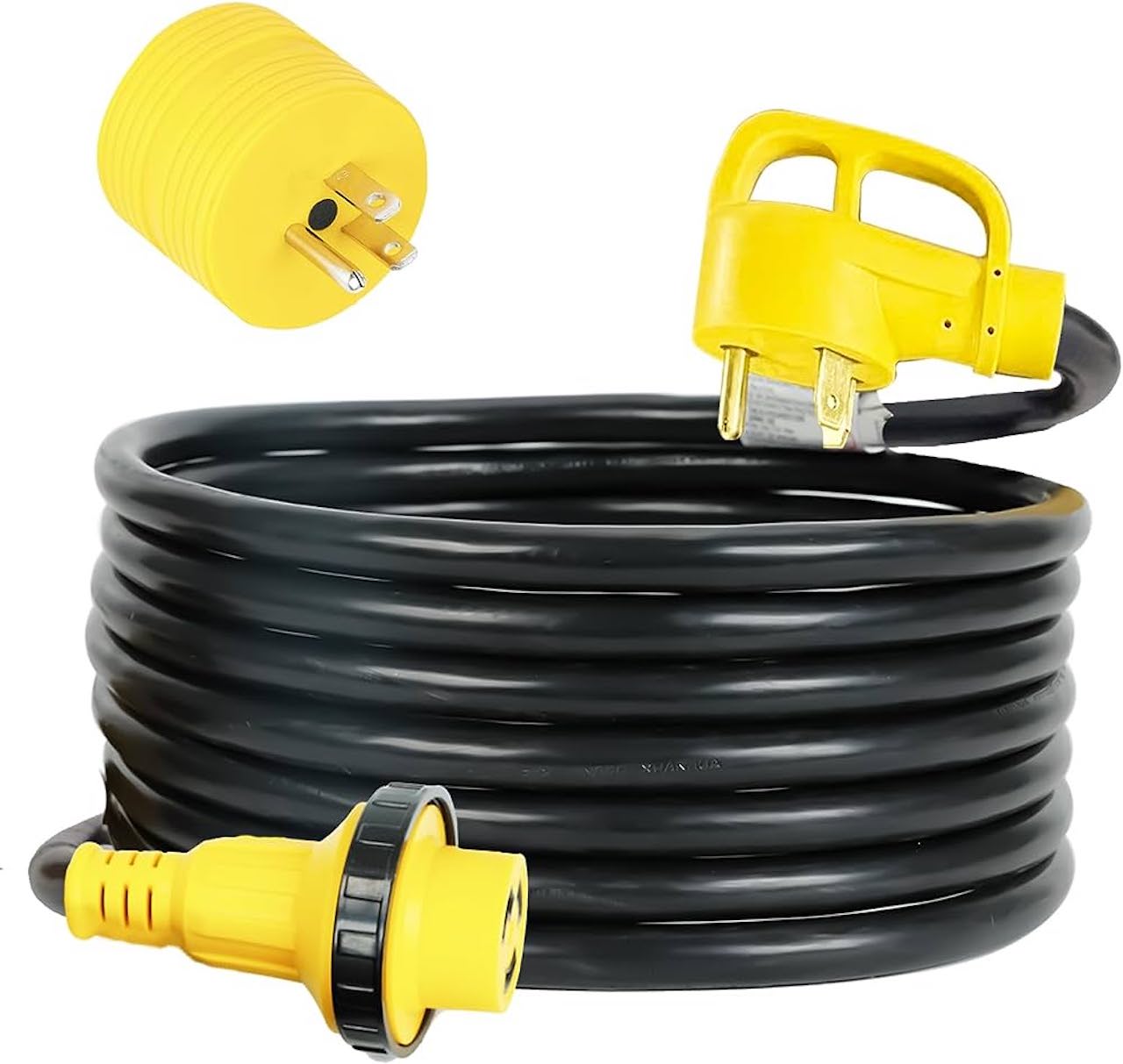
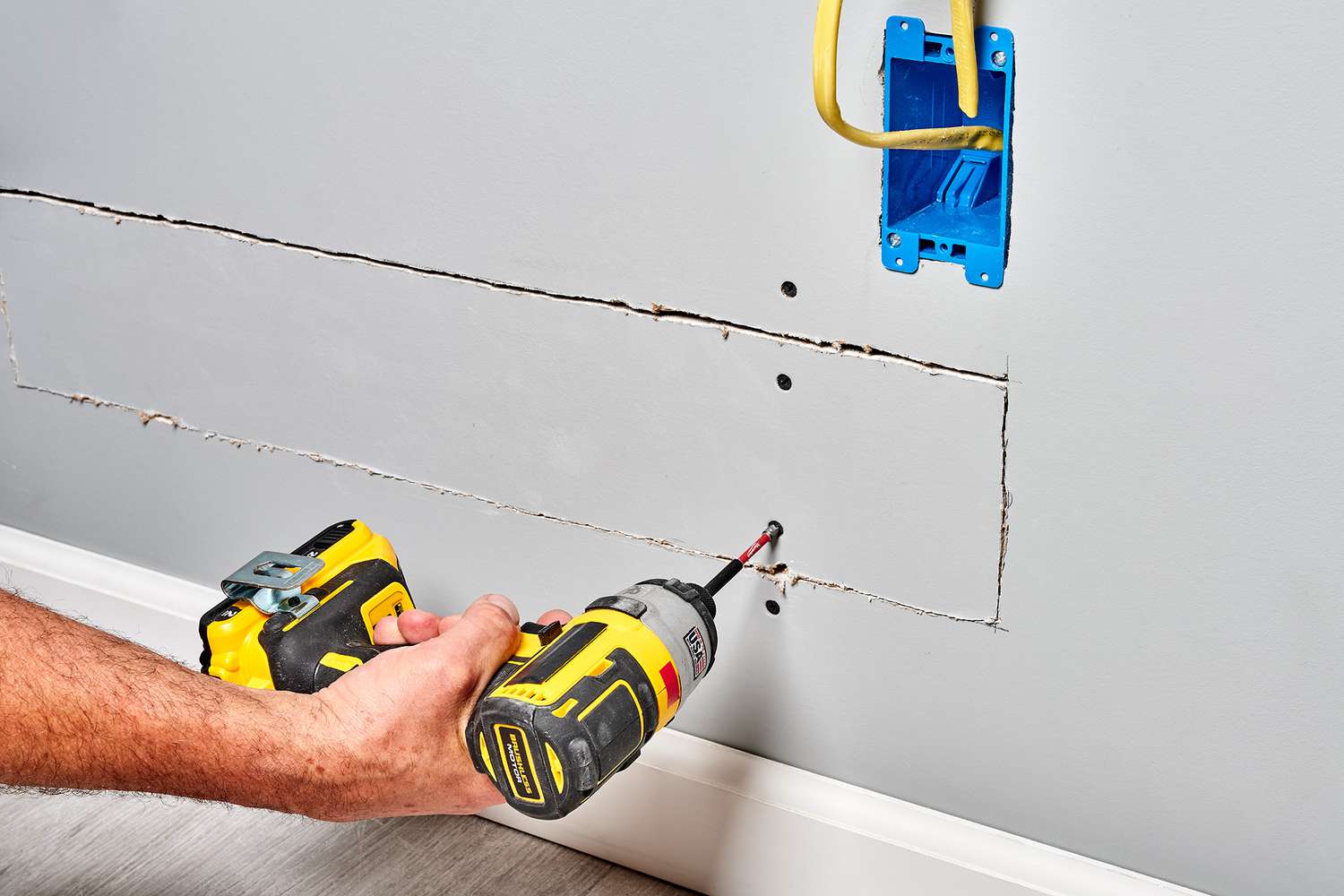
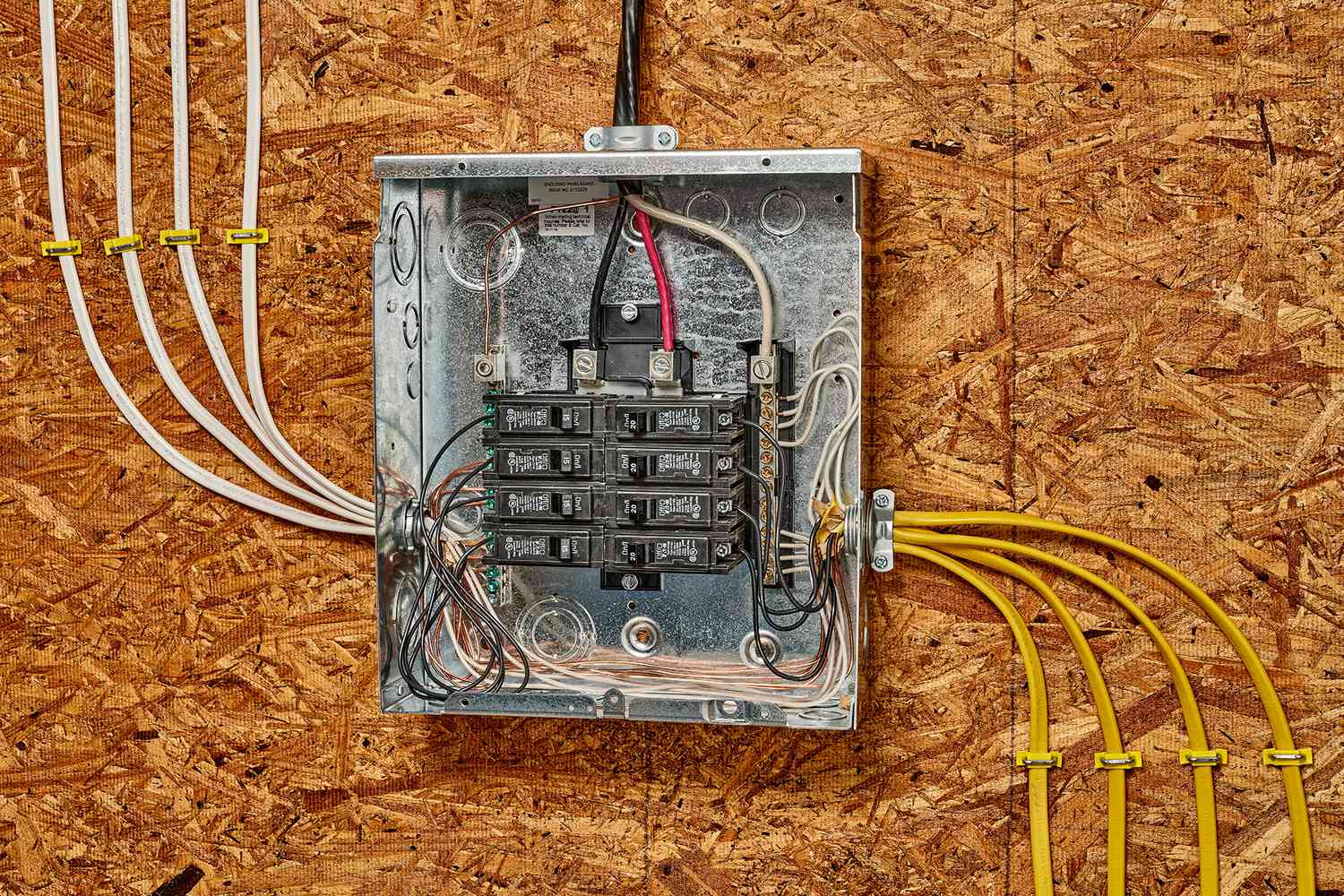
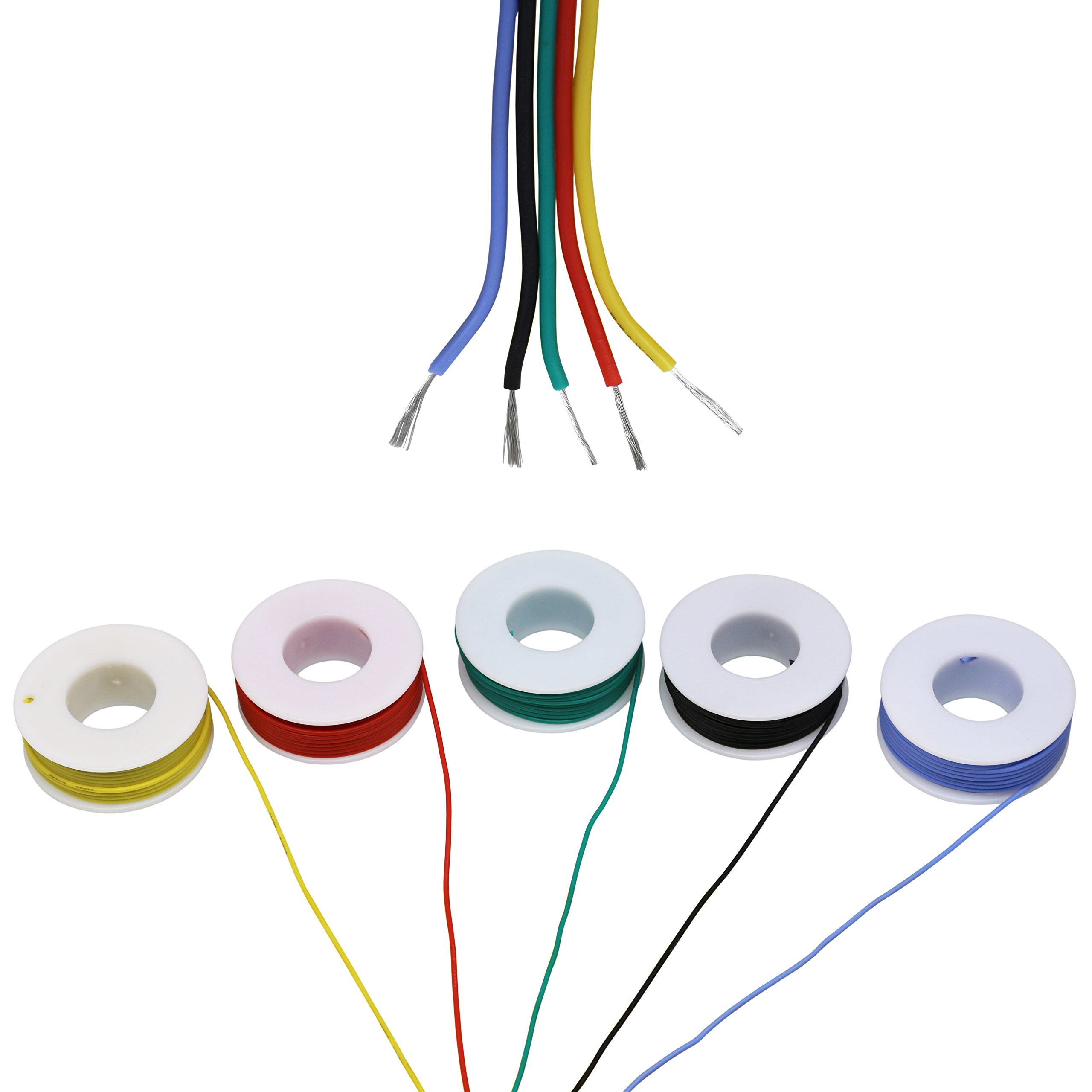
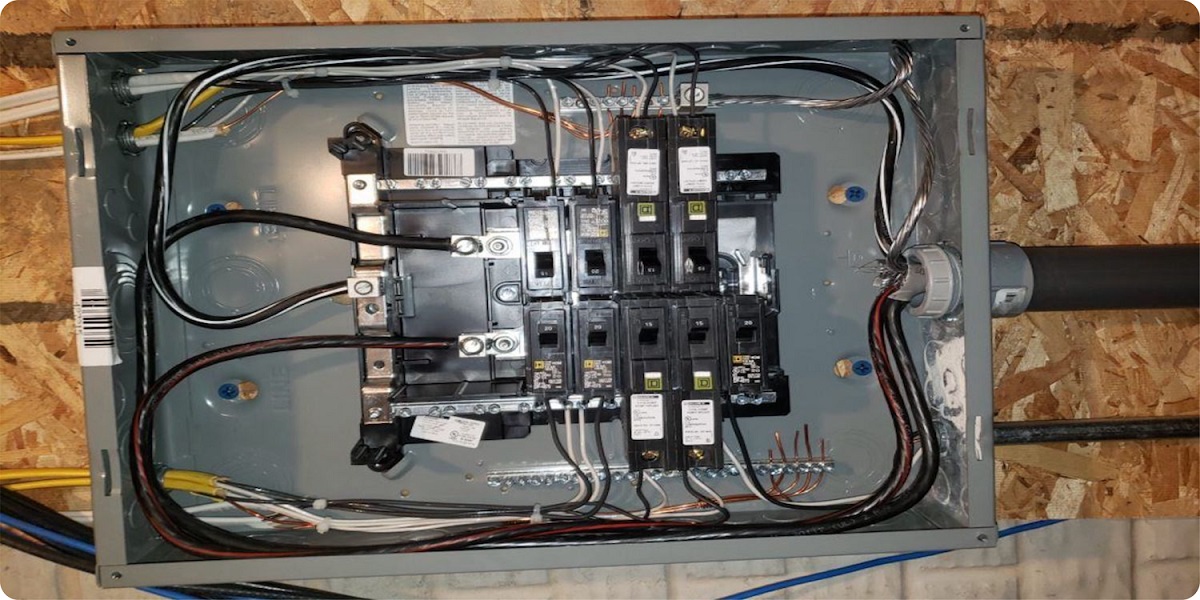
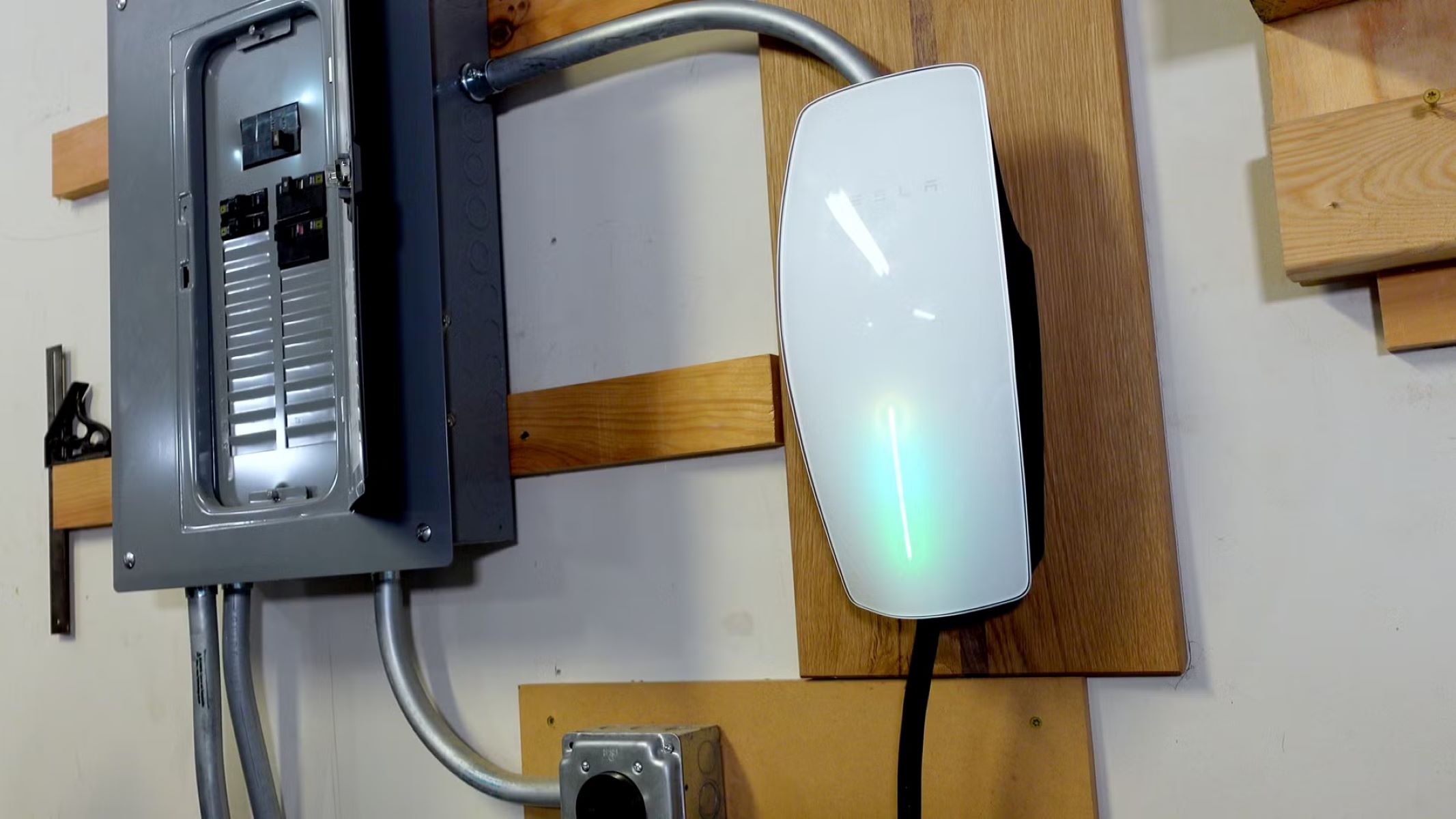
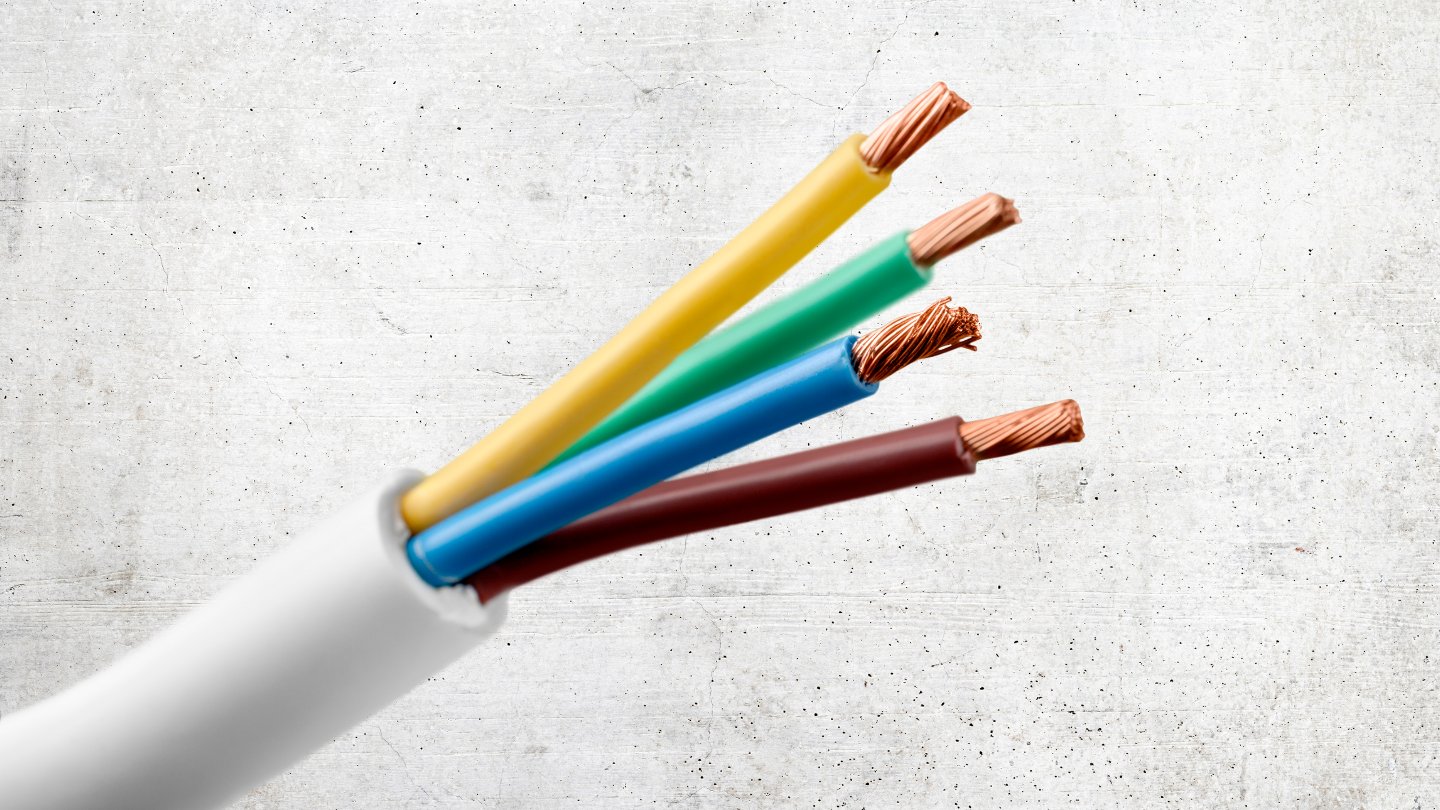
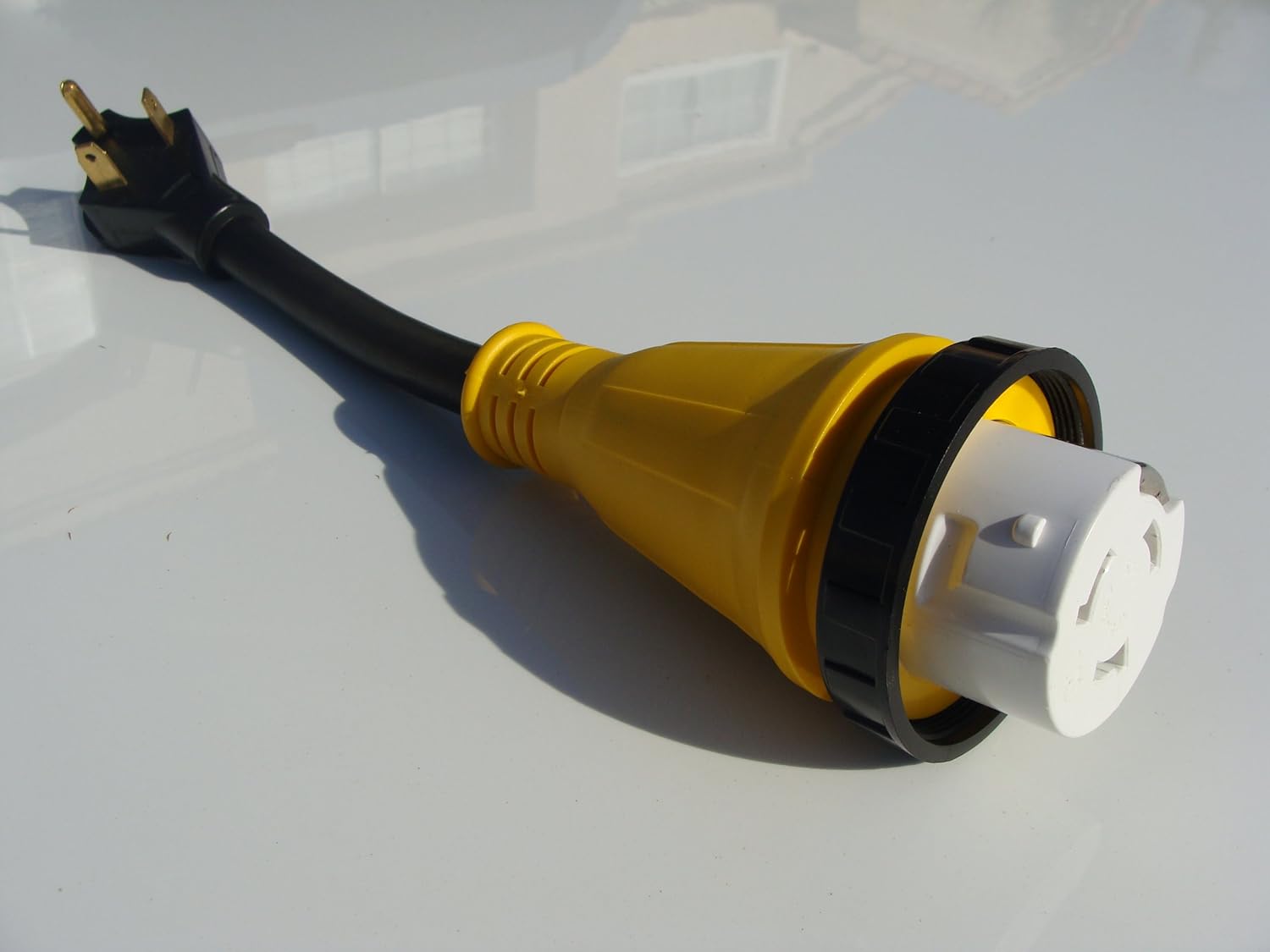
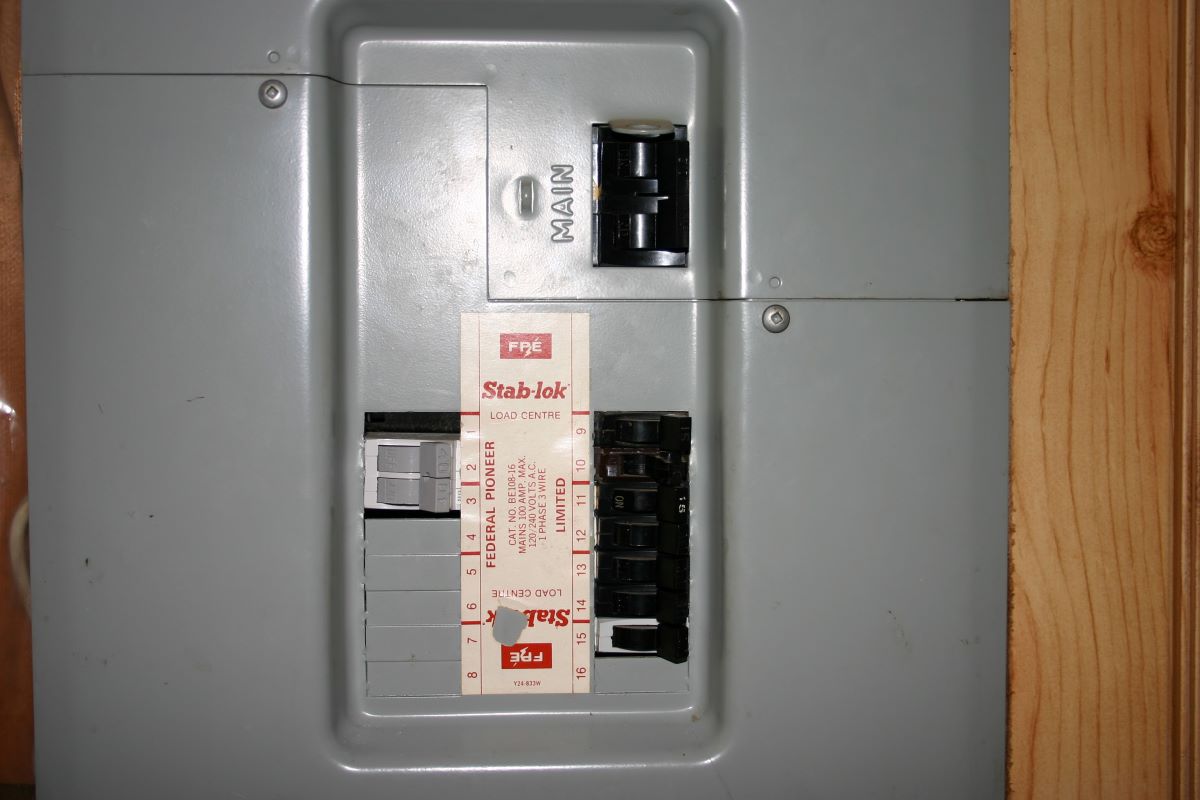

0 thoughts on “What Size Electrical Wire For 30 Amp Breaker”